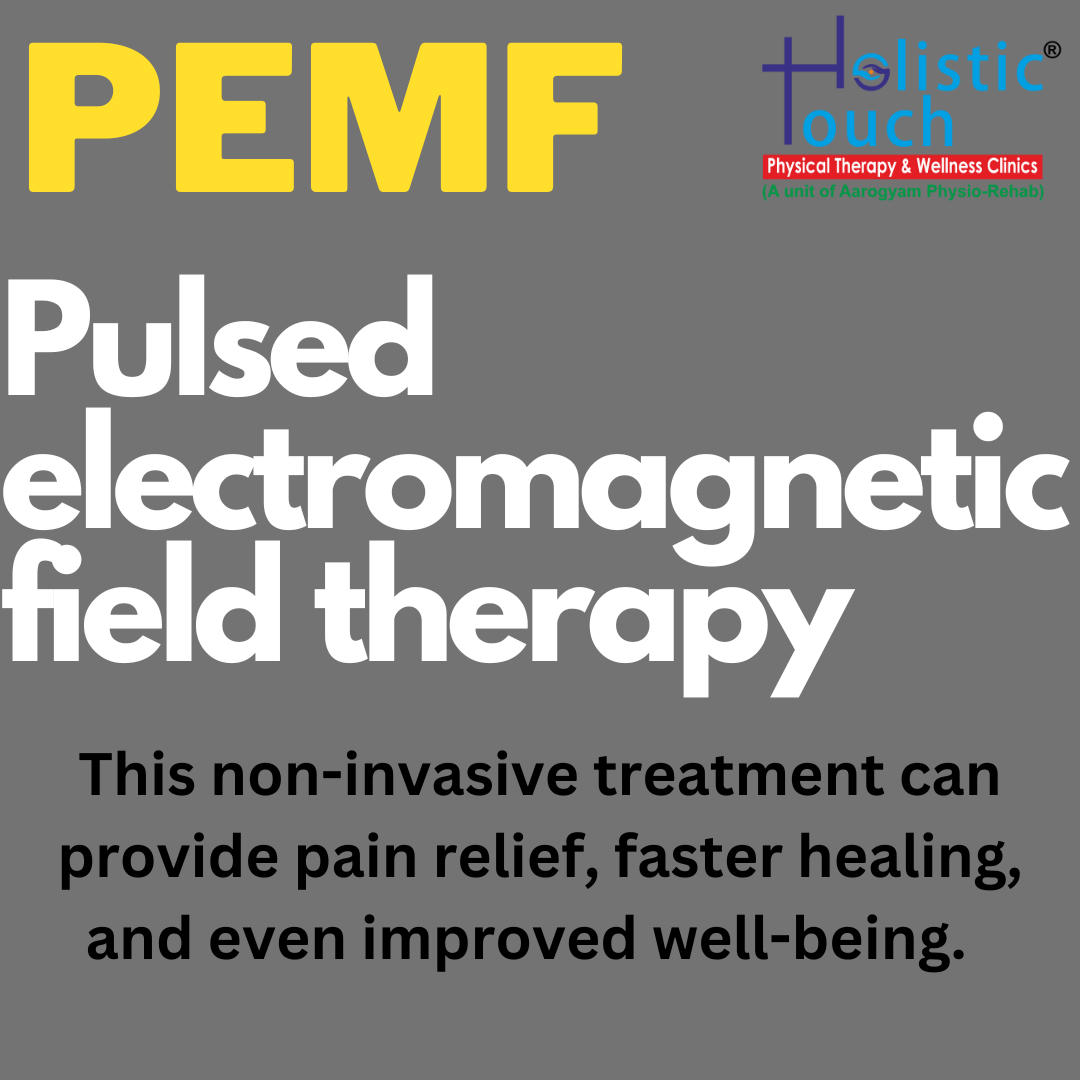If you’ve ever suffered from chronic muscle pain or tight knots that just won’t budge, you’ve likely explored a variety of treatment options. Massage, heat therapy, even the dreaded deep tissue massage – sometimes, nothing seems to do the trick. But there’s a rising star in the world of pain relief that’s worth exploring: dry needling.
What is Dry Needling?
Dry needling, often referred to as trigger point dry needling, is a physical therapy technique that involves inserting thin, solid needles into your muscle tissue. Unlike acupuncture, which focuses on traditional Chinese medicine meridians, dry needling targets specific trigger points – tender knots or bands of muscle that can cause pain, and restricted range of motion.
How Does it Work?
The exact mechanism of action is still being researched, but here’s the gist: when the needle penetrates the trigger point, it disrupts the muscle fibers, leading to a local twitch response. This twitch is like a mini-reset for the muscle, helping to release tension, improve blood flow, and reduce inflammation. The needles themselves don’t inject any medication, and the treatment is usually performed without anesthesia.
Benefits of Dry Needling
So, what are the reasons to consider dry needling? Here are just a few of its potential benefits:
- Pain Relief: Studies have shown dry needling to be effective in treating a variety of pain conditions, including myofascial pain syndrome, neck pain, back pain, headaches, and even sports injuries. The relief can be immediate or gradual, depending on the severity of the condition.
- Improved Range of Motion: Trigger points can significantly restrict your movement. By releasing these knots, dry needling can help improve your flexibility and range of motion, allowing you to move more freely and comfortably.
- Enhanced Performance: For athletes and individuals who lead active lifestyles, dry needling can be a game-changer. By addressing muscle tightness and pain, it can help improve performance, prevent injuries, and speed up recovery times.
- Reduced Reliance on Medication: Dry needling offers a non-invasive, drug-free approach to pain management. This can be particularly beneficial for individuals who are hesitant to take medications or who have experienced side effects.
Finding a Qualified Practitioner
When seeking dry needling treatment, it’s crucial to choose a qualified professional. Look for a physical therapist or acupuncturist who has received specialized training in the technique. They will be able to assess your individual needs and develop a treatment plan that’s tailored to your specific condition.
The Bottom Line
Dry needling may not be a magic bullet for pain relief, but it’s a promising therapy with a growing body of evidence supporting its effectiveness. If you’re struggling with chronic muscle pain or tight knots, it’s definitely worth considering. Just remember to do your research, find a qualified practitioner, and discuss your expectations with them beforehand. With the right approach, dry needling could be the needle in the haystack you’ve been searching for.
Additional Tips:
- Be prepared for some discomfort. While the needles are thin, you may experience some twitching or a dull ache during the treatment. This is normal and usually subsides quickly.
- Don’t be discouraged if you don’t see results immediately. Dry needling may require several sessions to achieve optimal results.
- Be patient and consistent. Stick with your treatment plan and listen to your body.
- Combine dry needling with other physical therapy modalities, such as stretching and strengthening exercises, for even better results.
We hope this article has provided you with a helpful overview of dry needling. If you have any further questions, please don’t hesitate to consult with a healthcare professional.
—————————————————————————————————————————————-

[1] Holistic Touch Clinics:
This article is written by Holistic Touch, Patel Nagar which is a part of the “Holistic Touch” network of clinics, specializing in integrative therapies that combine various approaches to wellness. These clinics prioritize a holistic approach, addressing both physical and emotional aspects of pain and discomfort.
[2] Qualified Therapists:
All therapists at Holistic Touch Clinics are licensed professionals with extensive training and experience in their respective fields. They hold relevant certifications in dry needling, massage therapy, and other relevant modalities. Additionally, they undergo ongoing professional development to stay updated on the latest research and techniques.
[3] Individualized Treatment Plans:
Each therapist at Holistic Touch Clinics develops personalized treatment plans based on the individual needs and goals of each patient. This ensures that the dry needling approach is effectively integrated with other appropriate therapies for optimal outcomes.
[4] Patient-Centered Care:
Holistic Touch Clinics prioritize patient comfort and communication throughout the treatment process. Therapists provide detailed explanations of procedures, address any concerns, and actively listen to patient feedback to ensure a positive and effective experience.
[5] Verification of Credentials:
To further assure readers of the therapists’ qualifications, links to individual therapist profiles and credentials is provided on the clinic’s website.


